Boffins show less platinum may be needed for long-lived power source.
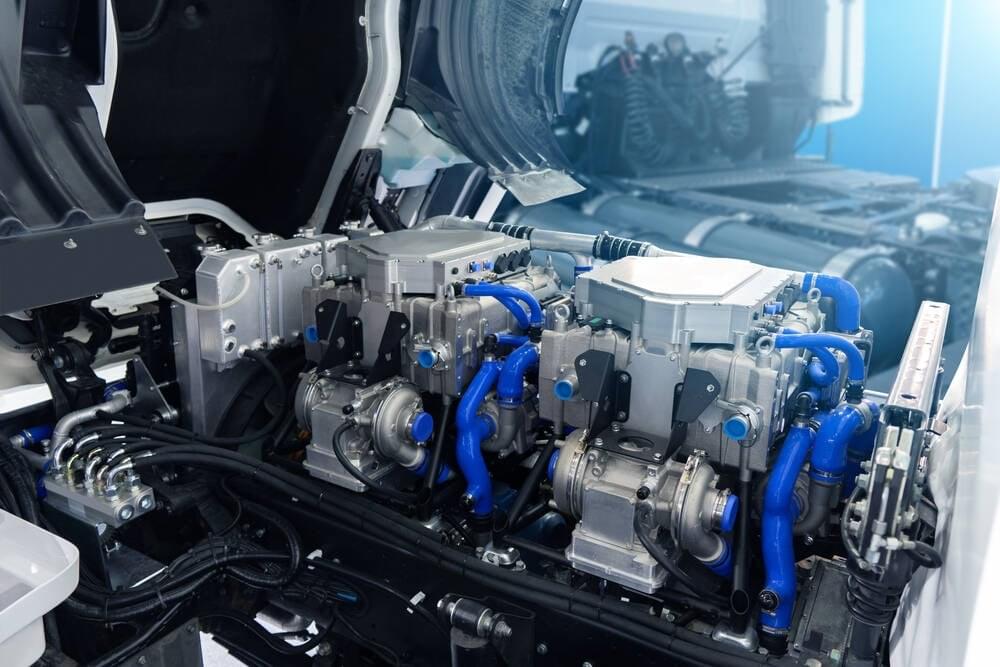

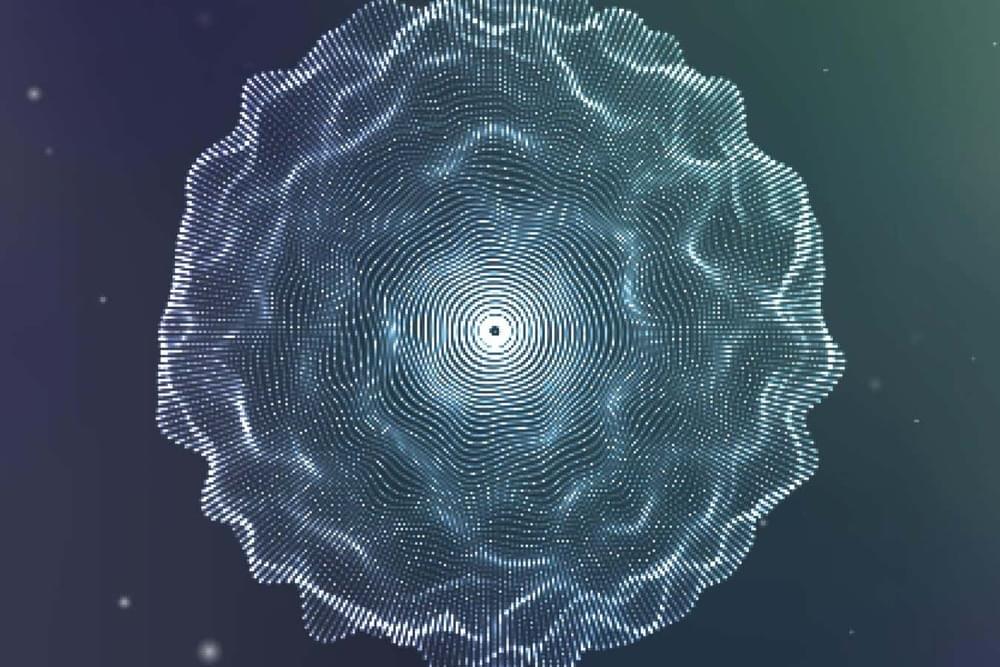

NIO’s entry-level Standard battery pack option will soon get an upgrade with the new 2024 model year cars.
According to the company (via CnEVPost), the 75-kilowatt-hour dual-chemistry (LFP/NCM) Standard battery will be replaced by a new 75-kWh battery with only LFP battery cells. This should simplify the pack and reduce costs. LFP’s battery cell chemistry is known as one of the least expensive per kWh.
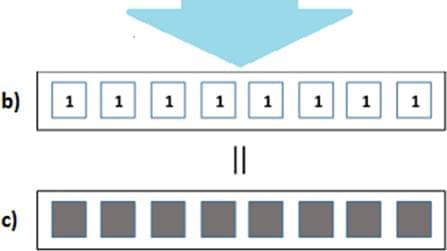
Landauer’s principle formulated in 1961 states that logical irreversibility implies physical irreversibility and demonstrated that information is physical. Here we formulate a new principle of mass-energy-information equivalence proposing that a bit of information is not just physical, as already demonstrated, but it has a finite and quantifiable mass while it stores information. In this framework, it is shown that the mass of a bit of information at room temperature (300K) is 3.19 × 10-38 Kg. To test the hypothesis we propose here an experiment, predicting that the mass of a data storage device would increase by a small amount when is full of digital information relative to its mass in erased state. For 1Tb device the estimated mass change is 2.5 × 10-25 Kg.
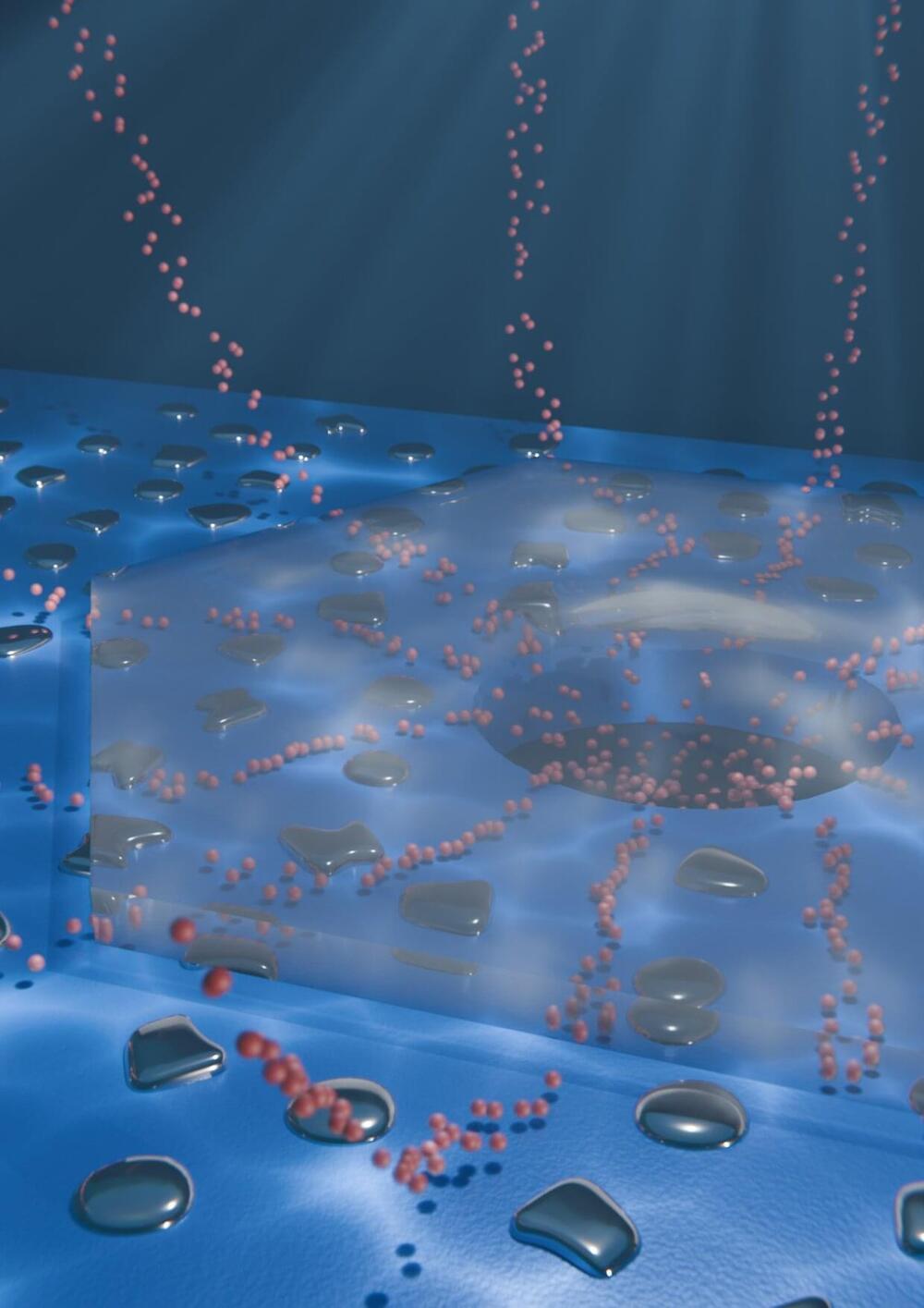
Memory, or the ability to store information in a readily accessible way, is an essential operation in computers and human brains. A key difference is that while brain information processing involves performing computations directly on stored data, computers shuttle data back and forth between a memory unit and a central processing unit (CPU). This inefficient separation (the von Neumann bottleneck) contributes to the rising energy cost of computers.
Approximately 4 billion years ago, Earth was in the process of creating conditions suitable for life. Origin-of-life scientists often wonder if the type of chemistry found on the early Earth was similar to what life requires today. They know that spherical collections of fats, called protocells, were the precursor to cells during this emergence of life. But how did simple protocells first arise and diversify to eventually lead to life on Earth?
Now, Scripps Research scientists have discovered one plausible pathway for how protocells may have first formed and chemically progressed to allow for a diversity of functions.
The findings, recently published in the journal Chem, suggest that a chemical process called phosphorylation (where phosphate groups are added to the molecule) may have occurred earlier than previously expected. This would lead to more structurally complex, double-chained protocells capable of harboring chemical reactions and dividing with a diverse range of functionalities. By revealing how protocells formed, scientists can better understand how early evolution could have taken place.

Dr. Shantanu Naidu: “When DART made impact, things got very interesting…the entire shape of the asteroid has changed, from a relatively symmetrical object to a ‘triaxial ellipsoid’ – something more like an oblong watermelon.”
On November 24, 2021, NASA launched the Double Asteroid Redirection Test (DART) mission with the goal of demonstrating that deflecting an incoming asteroid could prevent it from striking Earth by striking the asteroid itself. Just over nine months later, on September 26, 2022, this demonstration was successfully carried out as DART acted as a kinetic impactor and intentionally struck the Dimporphos asteroid, which measures 560 feet (170 meters) in diameter.
But while the impact successfully altered Dimorphos’ orbit around the binary near-Earth asteroid, Didymos, could it have altered other aspects of Dimorphos, as well? This is what a recent study published in The Planetary Science Journal hopes to address as a team of international researchers led by the NASA Jet Propulsion Laboratory (JPL) discovered the impact also altered the shape of Dimporphos.
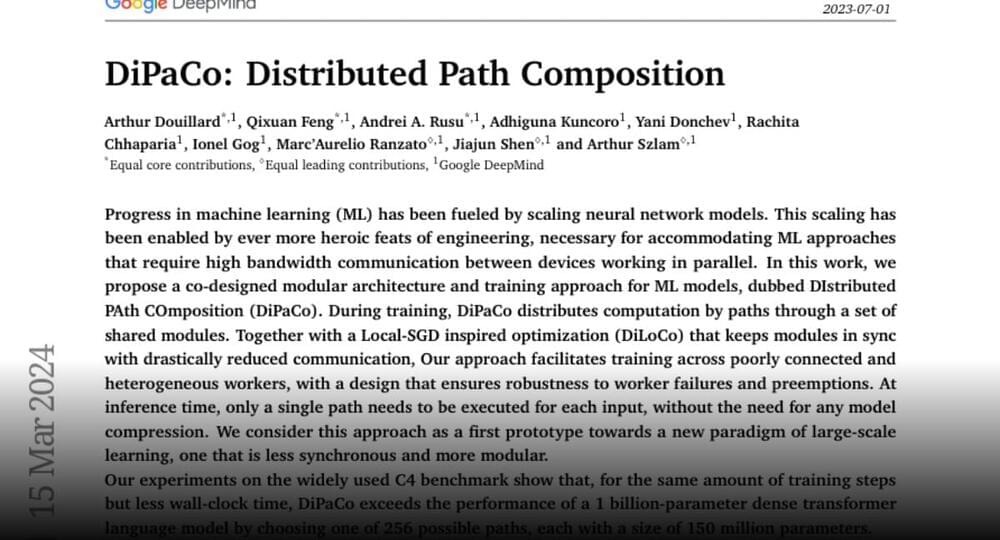
Questions to inspire discussion.
What improvements does Tesla’s FSD v12.3 update show?
—Tesla’s FSD v12.3 update shows significant improvements in driving behavior, safety, and comfort, but still has some remaining issues to be addressed.
Tesla FSD v12.3 in Austin, Texas demonstrates significant improvements in smoothness, confidence, and assertive driving, with better safety, natural stops, improved navigation, and a sense of understanding, showing promising long-term implications for Tesla.
Questions to inspire discussion.
What improvements does Tesla FSD v12.3 show in driving behavior?
—Tesla FSD v12.3 demonstrates significant improvements in smoothness, confidence, assertiveness, and handling of pedestrians and traffic obstacles, showcasing its potential for widespread adoption.